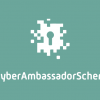Anti-Social Behaviour (ASB)
This toolkit explores Anti-Social Behaviour, providing resources specific to actions, impact and the law to help nurture the skills, empathy and resilience to help learners avoid becoming involved in ASB.
Although aimed at KS2 (primary age), all resources in this toolkit are designed to be adaptable to meet individual needs, age and ability, and be flexible to use in one or over multiple lessons
Additional information for young people, professionals and parents can be accessed via the relevant link buttons below:







